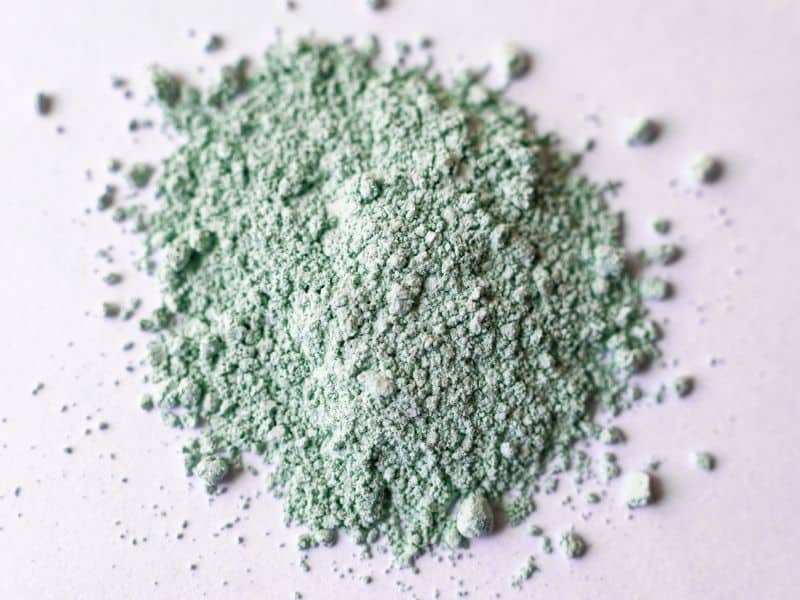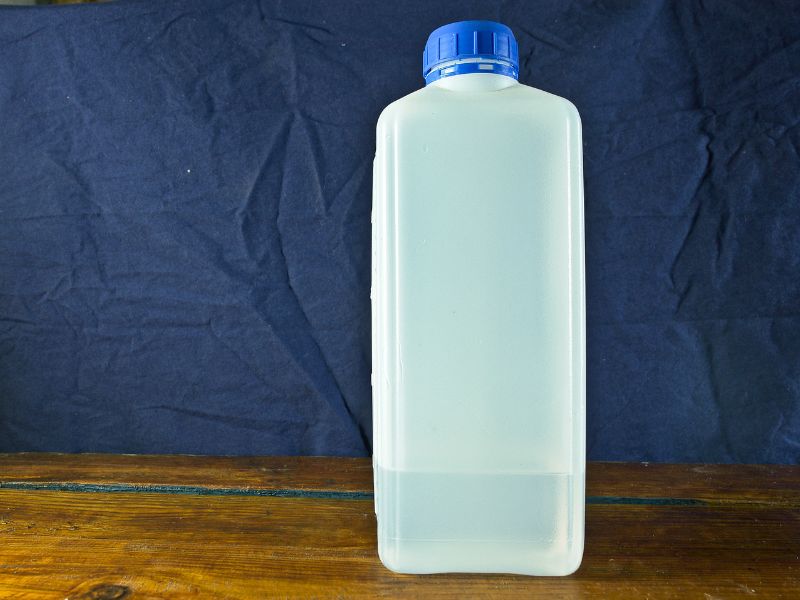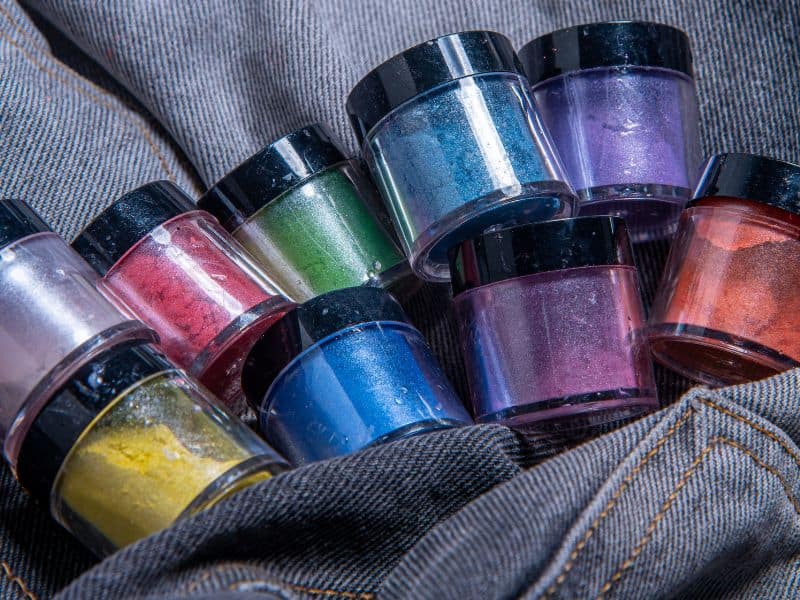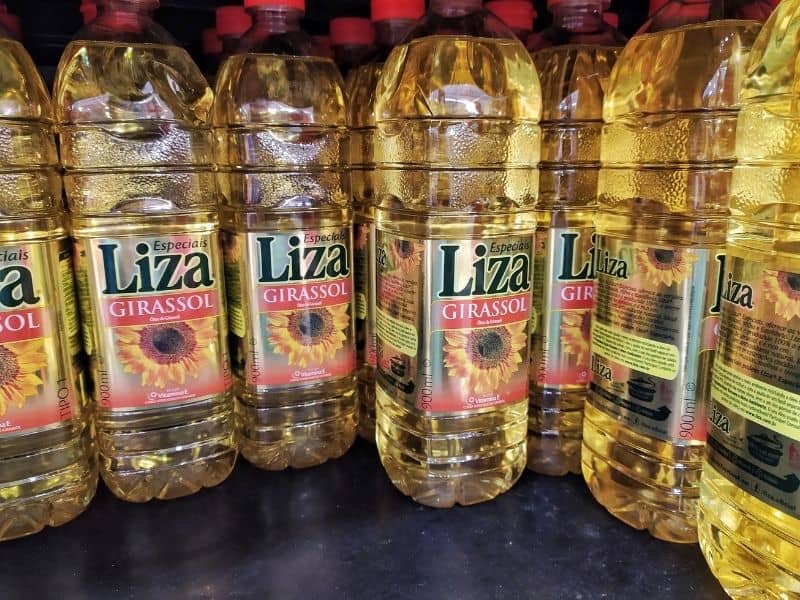Mica powder emulates the look of fine dust of grounded glitter. As for others, they say that it looks like shiny metallic dust. What is mica powder?
Mica powder is a naturally occurring stone mineral that is generally mined and crushed into powder. Powdered mica has a silvery and shiny color. You might easily mistake it as fairy dust.
Mica does not start out as powder though, it has to be made into powder after it is mined.
Mica powder is made from a stone mineral and it is popular because of its shiny metallic coloring. It is ground into a powder through crushing, hammering, and abasing. It is popular for adding an eye-catching pop of color to paints, crafts, and even cosmetics.
Manufacturers create this from mica stones or mica flakes. Mica stones and mica flakes have plate-like microscopic structures. Cosmetics and building industries use these due to their unique chemical, electrical, physical, and thermal traits.
There are two types of powdered mica that are widely used for commercial purposes – wet powdered mica and dry powdered mica.

Mica Powder Uses
Wet powdered mica is used for making cosmetics, paints, soap, candles, plasterboards, refractory bricks, asphaltic products, and foundries. Dry powdered mica is for more specialized use. Manufacturers use it as a key ingredient for thermal-resistant coating and heavy-duty lubricants.
Therefore, if you wish are buying powdered mica online for DIY purposes, be sure to emphasize that what you need is the former.
Mica Powder Origins
Mica powder has long been used by the Japanese, Indians, and Pakistanis. Ancient Japanese craftsmen used it as a thickener for woodblock printmaking. This results in a sparkling and glittering printed material. The majority of classic graphic works from Japanese castles and temples use powdered mica.
On the other hand, India and Pakistan’s craftsmen of bygone age used mica powder as glitter for water clay pots. With it, the details of the finished clay pots stand out since they reflect light.
Mica Powder Cost
Mica powder can be more expensive than synthetic pigments that have similar uses and purposes. On average you will pay between $4-$6 per ounce for mica powder depending on the color, how much you are buying at once, and where it was sourced from.
You can get larger discounts depending on the color and source and if you are buying it wholesale.
Pros and Cons of Mica Powder
Here are some of the pros and cons of mica powder.
| Pros of Mica Powder | Cons of Mica Powder |
| Safe on skin | Mica is mined |
| Fine Powder | Unethically sourced |
| All-natural | Child labor |
| Unique coloring |
Mica Powder Sustainability and Environmental Concerns
Colorless mica powder is natural. The manufacturer only used mechanical means for pounding it into dust. In its natural form, mica isn’t very durable so the introduction of additional chemicals isn’t needed. However, this doesn’t mean that natural means good.
Natural powdered mica contains lead, arsenic, and mercury. The presence of these additional compounds sparks debates about its ethical use in skincare products.
Since natural mica might not be good for the skin, some companies use synthetic mica powder. To make it, chemical engineers bind magnesium aluminum silicate sheets with potassium.
Just like natural mica, synthetic mica powder is widely used in cosmetic products namely eye makeup, lipsticks, and face makeup. Many say that synthetic powdered mica is safer than natural powdered mica. However, no solid research evidence supports this argument.
Laws require cosmetic products to indicate in their labels whether synthetic or natural powdered mica was used by their respective manufacturers. Therefore, you don’t have to fret if you’re very concerned about skincare.
Cosmetic products that use synthetic powdered mica input the term fluorphlogopite on the ingredients label. The opposite is true for those that used natural mica powder.
Mica Powder Health Concerns
Mica powder can be harmless as an ingredient. Lots of cosmetic products use mica powder as an ingredient. However, this doesn’t mean that it’s free of health risks. In fact, cosmetic companies follow strict standards that guide them on how much to use.
Never expose yourself to a lidless mica container if you’re not wearing a protective mask. Inhaling mica powder may result in fibrosis, a medical condition that results in coughing, chest pains, and shortness of breath. Be careful with powdered mica if you have asthma.
Frequent inhalation of mica powder results in pneumoconiosis. This is a lung disease that’s common in people who work at mica mines and mica factories. Pneumoconiosis results in a persistent cough accompanied by an inordinate amount of mucus.
Though not proven at this time, powdered mica might be harmful since it’s a silicate mineral. Research has proven that exposure to silicate minerals in powder form potentially results in lung cancer.
Powdered mica isn’t an irritant. However, if you have sensitive skin, you have to be careful. Exessive skin contact with its particles might result in rashes or itchiness. Don’t experiment with powdered mica by mixing it on lotions or creams for skincare as doing this might cause adverse effects.
Mica Powder Coloring
Powdered mica has a shiny colorless shade after being manufactured. Those polychromatic ones that you may order online or buy at brick-and-mortar stores are mixed by the manufacturer with iron oxide, ultramarines, titanium dioxide, and other artificial coloring agents.
Apple green, deep yellow satin, and brown bronze powdered micas are the best for making candles. It’s because they display a radiant shimmer as the flame burns on the wick.
You might want to try coral reef, congo pink, and Fuschia powdered micas for making DIY cosmetics. These are desirable since they provide the fished product with a welcoming appearance.
If you’re making soap, you can use any available colors of powdered mica. However, avoid those that have a darker shade since they make the soap look undesirable for the users. The best colors of powdered mica to use for soapmaking are abstruse gold, apple gree, aqua green, bright violet, and cambridge blue.
Note that the colorful powdered micas on the market were introduced with lab-made pigmentation that might cause poisoning. Harmful chemicals that lab-made pigmentation has are zinc, cadmium, and manganese.
Natural Coloring Alternatives For Powdered Mica
You may introduce natural coloring agents on uncolored powdered mica if you don’t wish to use the colored ones. Providing color is easy since it doesn’t reject foreign substances.
Use achiote dye if you want to endow a dull-looking powdered mica with a reddish hue. Achiote dye comes from the seeds of the Achiote tree. Furthermore, it’s non-toxic so a powdered mica that’s colored with it is ideal for soap making and cosmetics.
Caramelized sugar is a great natural pigment if you want to provide a faint golden shade. Candles and soaps made with powdered mica that’s colored with caramelized sugar have a warm sweet scent.
How about if you want to have an aquamarine powdered mica? Use blue pea flowers. Their extract has a deep blue color. To get it, you just have to boil blue pea flower petals for several minutes.
Blue pea flower is a beneficial natural coloring for powdered mica because it promotes glowing skin and healthy hair.
Frequently Asked Questions
Mica can cause redness, irritation, and itching for some people. In addition, working with mica powder provides its own set of risks and potentially harmful side effects. Never work with mica powder unless you are wearing a face-covering or respirator.
Mica powder is not safe for candles. Mica powder does not dissolve or combine with wax. It remains solid and it can clog your wick, creating mushrooming of the wick and cause your candle to produce soot. Instead, use liquid dye or dye chips designed for candle making.
Mica powder is considered to be safe for use in soaps that will be used on skin and hair. It provides a pop of color to your products without staining the skin or hair through normal use. You can find it in shampoo, soaps, makeups, lotions, lip balms, and nail polish.
Mica powder is considered non-toxic. While mica powder can contain a variety of things, the amount is generally considered to be enough that mica powder is non-toxic for regular use. However, do not ingest or breathe in mica power under any circumstances.
Mica powder is 100% vegan and cruelty-free. The main ethical concern with mica powder is making sure that it is ethically sourced by responsible producers. Some mica is produced in less than ideal conditions using child labor in certain countries.
Conclusion
In conclusion, mica powder has a variety of uses and provides a lot of options to someone that is making cosmetics, soaps, or arts and crafts. Not only is it natural, non-toxic, and considered to be not harmful to the skin, but it is a naturally occurring organic compound.
I think mica powder has earned its place in the industry and is a great alternative to other pigments that are synthetic.
Just remember that if you do work with mica powder to always protect yourself. Mica powder is fine and can be inhaled on accident as you work, you might not even be aware it is happening until you develop symptoms. Make sure you wear a mask or respirator when working with mica powder.





